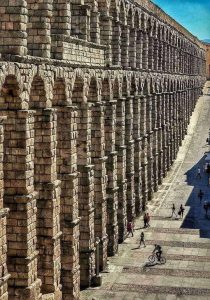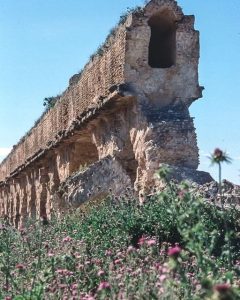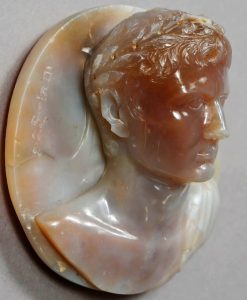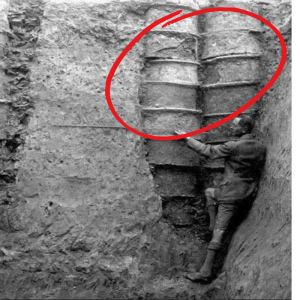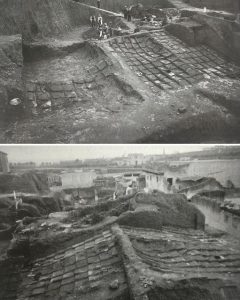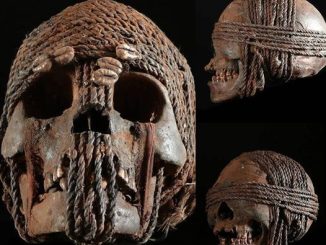A Glimpse into Ancient Innovation
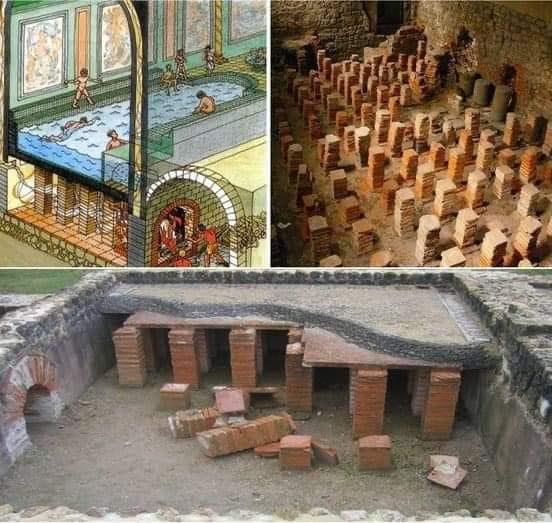
In the heart of the Roman Empire, amidst the grandeur of classical architecture and engineering marvels, lies a lesser-known innovation that revolutionized the concept of comfort and luxury: the underfloor heating system. Developed and perfected by the ancient Romans, this ingenious technology, known as the hypocaust, transformed the way people experienced warmth and relaxation. In this exploration, we delve into the intricacies of the hypocaust and its role in shaping the architectural landscape of the Roman world.
Unveiling the Hypocaust: Engineering Marvels of the Caldarium
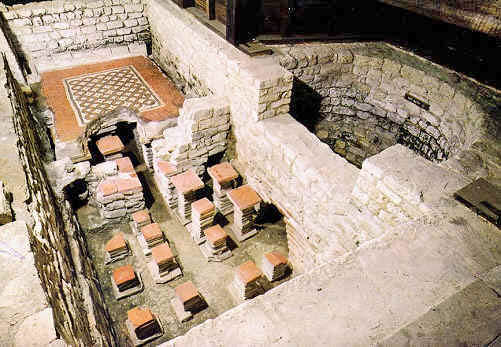
At the heart of every classical Roman bath complex lies the caldarium, a hot room designed for indulgent relaxation and rejuvenation. Central to the caldarium’s allure is the hypocaust, a sophisticated underfloor heating system that epitomizes ancient engineering prowess. Consisting of a network of raised pillars supporting a layer of tiles, the hypocaust channels hot air from a furnace beneath the floor, creating a radiant heat that permeates the room above. This innovative heating method not only provided unparalleled comfort but also showcased the Romans’ mastery of architectural ingenuity.
Engineering Excellence: The Anatomy of a Hypocaust

The construction of a hypocaust is a testament to the meticulous craftsmanship and advanced engineering techniques employed by the ancient Romans. Pillars, known as pilae stacks, were strategically positioned to support the weight of the raised floor and distribute heat evenly throughout the room. A layer of concrete was then laid over the tiles, providing additional insulation and stability. Clay pipes embedded within the walls further facilitated the circulation of hot air, ensuring maximum efficiency and comfort. This intricate network of heating elements transformed the caldarium into a haven of warmth and relaxation, elevating the bathing experience to new heights of luxury.
Legacy of Innovation: The Influence of the Hypocaust
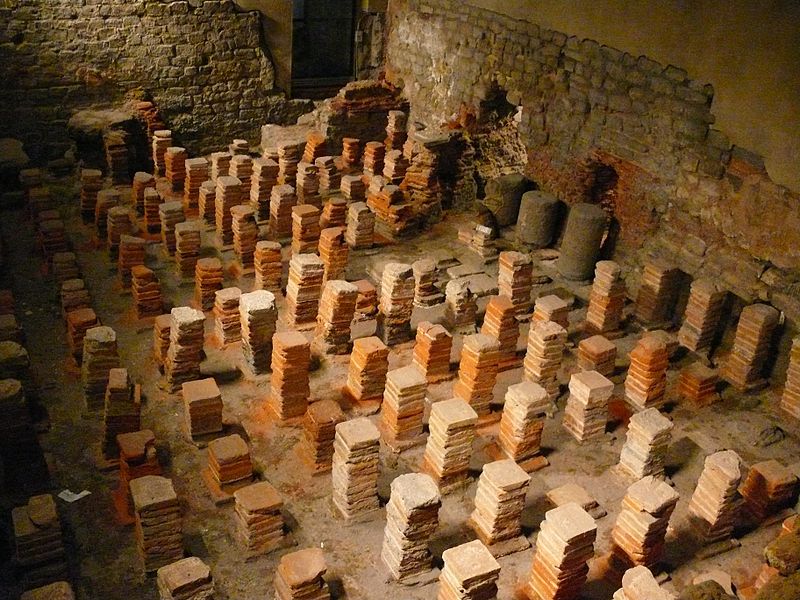
The legacy of the hypocaust extends far beyond the confines of the Roman Empire, shaping the evolution of architectural design and heating technology for centuries to come. Its influence can be seen in the development of medieval and Renaissance heating systems, as well as in modern-day radiant heating solutions. Moreover, the hypocaust serves as a poignant reminder of the Romans’ unparalleled ingenuity and their relentless pursuit of comfort and convenience. As we marvel at the remnants of ancient bathhouses and thermal complexes, we are reminded of the enduring legacy of Roman engineering and the timeless quest for innovation.
Preserving the Past: Archeological Insights into Roman Heating Systems
Archeological excavations and studies continue to shed light on the intricacies of Roman heating systems, providing valuable insights into ancient engineering techniques and societal norms. By uncovering and analyzing the remains of hypocausts and thermal complexes, archaeologists gain a deeper understanding of Roman daily life, social dynamics, and cultural preferences. Through these discoveries, we gain a renewed appreciation for the ingenuity of our ancestors and the enduring legacy of ancient technology. As we strive to preserve and protect these archaeological treasures, we honor the legacy of the hypocaust and its role in shaping the history of human civilization.
